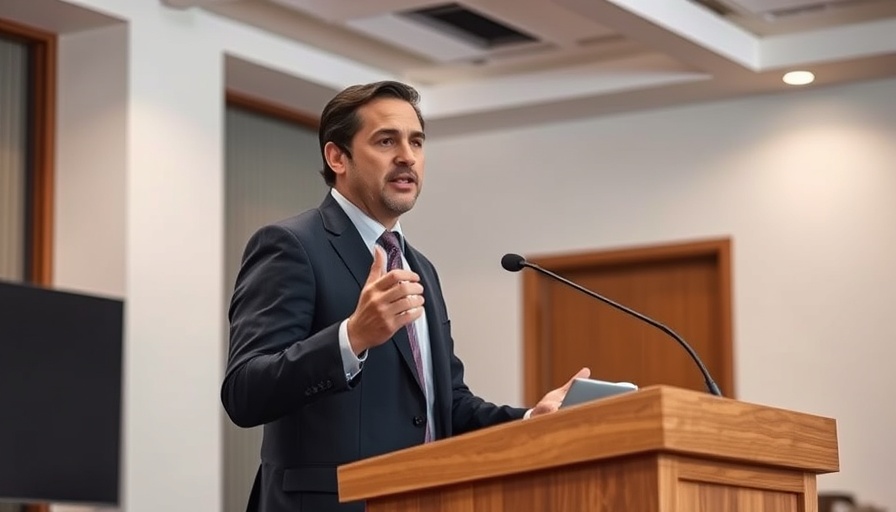
Innovative Approaches to Travel Reporting for Freelancers
Travel reporting can seem daunting, especially for freelancers facing an increasingly competitive field. However, at the recent Health Journalism 2025 panel in Los Angeles, industry experts shared actionable insights for taking travel journalism to new heights, proving that adventure awaits those who are willing to explore creative funding and planning strategies.
Fellowships: A Gateway to Travel Opportunities
Fellowships offer a valuable avenue for gaining financial support for travel reporting. Dawn Fallik, an independent journalist, emphasized the importance of understanding the specifics of chosen fellowships. It's crucial to scrutinize what costs are covered—transport, visas, insurance, and more. By being specific in applications, freelance journalists can increase their chances of securing funding. This approach is particularly beneficial when the fellowship aligns with the freelancer's intended story topic, paving the way for fulfilling travel experiences.
Booking Trips as a Strategy to Secure Assignments
Some freelancers opt for an inventive approach; they book their trips before informing editors of their plans. Sonya Collins, an experienced travel journalist, regularly spends several months overseas by strategically choosing destinations and securing assignments post-booking. Her approach not only guarantees assignments but also fosters a rich collection of story ideas from local sources and institutions, enhancing her writing portfolio.
The Role of Community in Travel Reporting
Community engagement is essential for freelancers aiming to make meaningful travel journalism. Freelancers like Collins tap into online groups, medical institutions, and alumni connections to unearth rich story ideas. This builds a supportive network that transcends geographical boundaries, allowing reporters to be in touch with local experts and story opportunities.
Embedding Wellness into Travel Reporting
For health enthusiasts and freelancers alike, maintaining a focus on wellness during travel is vital. When freelance journalists embark on new adventures, they can explore unique facets of health and wellness tied to local cultures, from nutrition practices to yoga retreats. This dual focus not only enriches their stories but also resonates with an audience keen on healthy living.
Travel Planning Tools: Staying Organized and Safe
Planning intricate travel itineraries can be overwhelming, but utilizing technology can simplify the process. Apps like TripIt allow travelers to create smooth travel plans, sharing their itineraries with loved ones to ensure their safety. By employing these tools, freelancers can maintain their focus on effective storytelling rather than getting lost in logistics.
The Future of Freelance Travel Reporting
As the field of journalism evolves, freelancers must adapt to stay relevant. In an era where in-person stories add significant value to media, a well-rounded travel reporter needs to merge creativity with adaptability. By embracing new storytelling methods, funding avenues, and wellness considerations, freelancers can stay ahead: paving the way for a vibrant future in travel reporting.
Empower Your Travel Reporting Journey
The endless possibilities of travel reporting await those brave enough to pursue them. By harnessing creativity, fostering community connections, and prioritizing health, freelancers can carve their niche in travel journalism. So, gear up and embark on your next adventure, uncovering the stories that connect people and cultures while enhancing your own wellness in the process.
 Add Row
Add Row  Add
Add 




Write A Comment